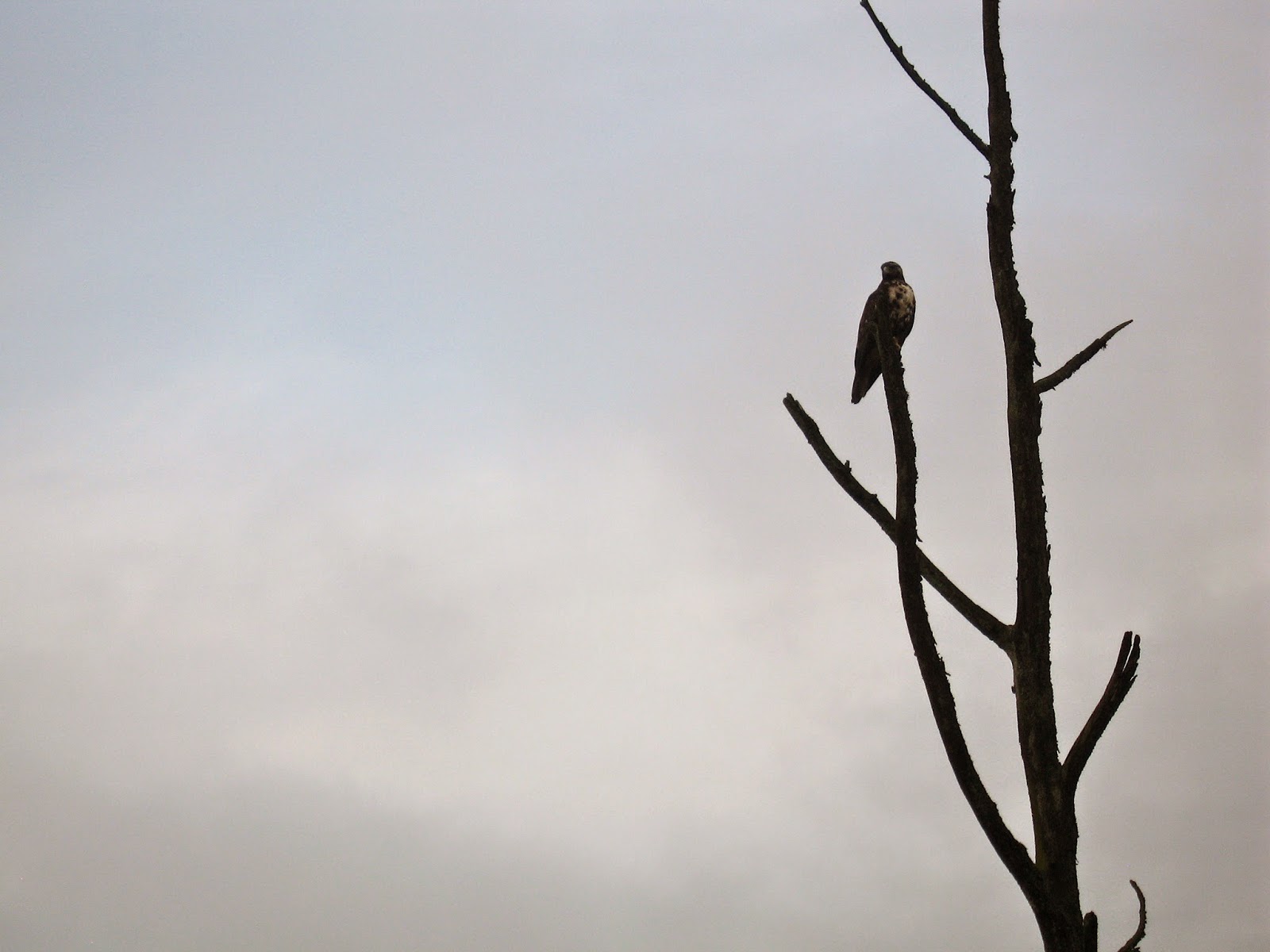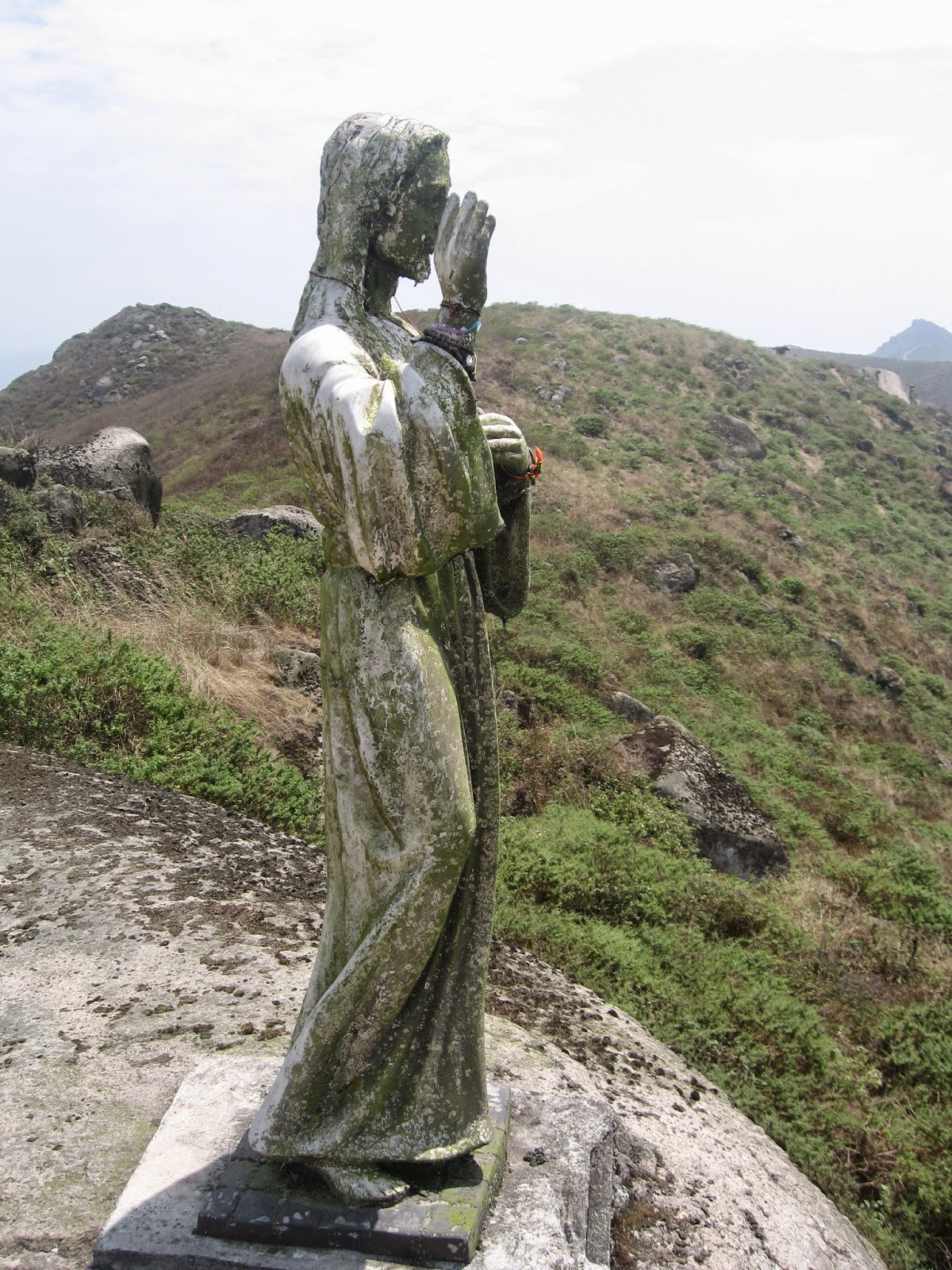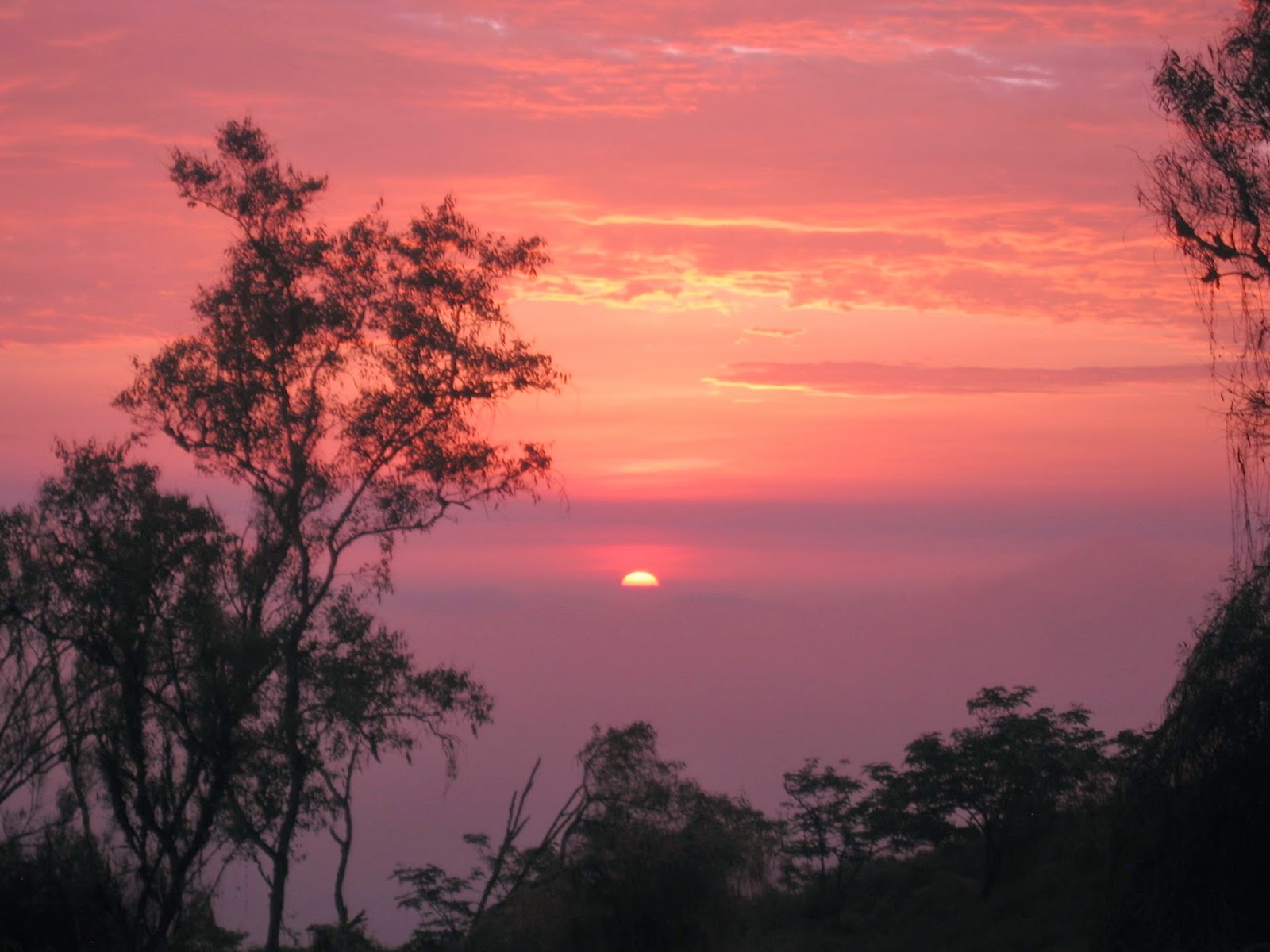 |
| Playa Roja, Paracas National Reserve |
We took our time north of Lima because we wanted to pass
through the city on a Sunday morning when the traffic would be lightest. This gave us the chance to spend a few days
in the Lomos de Lachay National Reserve.
We had beautiful campsites and a great day of hiking, which was very
welcome. There were lots of flies, but
in ten minutes, each armed with a section of El Comercio, we could eliminate
the buzzing. It was
also too hazy to get a good picture, but from this strangely green place in the
desert, you could see the ocean about 5k away.
 |
| Falcon in Lachay |
 |
| Hilltop Jesus, blessing the park |
 |
| Jesus Jewelry |
 |
| Lachay trail |
 |
| Lachay trees |
 |
| Lachay Jen |
 |
| Lachay flowers |
 |
| Cactus at the Info Center |
 |
| Campsite |
 |
| Campsite sunset |
From Lachay, we spent one more night north of Lima.
Unlike other travelers, whose destination is
Lima, our goal was to avoid it.
We found
a place about 20k north on our GPS, the EcoTruly Yoga Planetario Hostel and RV
Park, where we were greeted by a monkey.
Besides camping and RV parking, the EcoTruly turned out to be a Hare
Krishna monastery and retreat right on the ocean.
We had a tour, met some nice people, ate in
their restaurant (good vegan but tiny portions) and learned a lot.
I was glad we stayed there.
We declined the option to stay for $5.00 each
by contributing 4 hours of labor, but it was still a great deal.
 |
| Monkey at the ashram |
 |
| Trulys (conical shaped buildings) |
 |
| Learning a chant |
 |
| Truly |
We got a 5 AM start on our drive to Lima. For me the scariest part was the pre-dawn fog
on the switchbacks before the city. Luc
said that for him, it was figuring out how to deal with the collectivo taxis in
the city outskirts who don’t hestitate to double park abruptly for potential customers (this means they stop
abruptly in the center lane of the highway).
After a bit he figure out to stay left and power through; he has the
biggest bike on the road, after all. The
Pan American highway goes right through the city, but it turns into a 6 lane
city center, with buses, taxis, pedestrians and three wheeled carts loaded with
produce or families darting in and out. Oh, and it often goes from 3 lanes to two or
one with no notice. In any event, we were through Lima and out the other side
by 8 AM. Sunday morning was a good
choice, as there were few trucks on the road.
From Lima, we made our way quickly toward the border with
Chile. We only had a few days left on
our car insurance in Peru. So it was
desert driving by day and beach campsites by night. Not a bad way to travel.
 |
| Luc and new friend at a gas station south of Lima |
 |
| Playa Roja at Paracas National Reserve |
 |
| Another Quinn shell |
 |
| Playa Roja |
We stopped in Nazca at the steel tower that provided a view
of four of the geoglyphs called the Nazca lines (we could only make out two). Luc’s comment was, “Is this some sort of
joke?” Some of our friends had taken the air tour and had raved about their
experience. We were glad we spent the 2
soles each ($0.70) to climb the tower, but also glad we didn’t spend a half a day for the private plane tour. Maybe we don’t know what we’re missing.
We are now in Chile, and have experienced an unexpected dose of
culture shock.
Until we crossed the
border, I didn’t think much about the fact that we had seen virtually no high-rise
buildings in Peru (though as noted, we don’t spend much time in cities).
Every town seemed in a state of
perpetual construction or deconstruction.
Most buildings are made from adobe or red brick and built a story at a time.
Re-bar sticks up from the corners above the building ready for
a second level whenever someone chooses to build it. In the meantime there is
often a barking dog on the light-weight roof.
Other homes,
especially in the desert, are made from straw mats, plastic sheets and rebar.
There are few signs of wealth, and many signs
of how people get by with so little.
Any
store with produce will have only a few of whatever they have to offer – a pile
of 8 onions, a bunch of bananas.
In most
shops, there are grills out front and you ask for what you want, so we had a chance to learn some vocabulary and play some charades.
There are many more 3-wheeled motorcycles
(called moto-taxis whether they were taxis or not) than cars.
You can buy a moto-taxi for the equivalent of
$1,000 US, so anyone who owns one is both the family driver and available for hire. There was much
traditional dress, but no ostentation.
One delightful exception to this was men’s haircuts, especially the younger men who often had elaborate designs shaved in.
Too bad I don't have a final haircut picture.
 |
| Another night at the beach |



























No comments:
Post a Comment